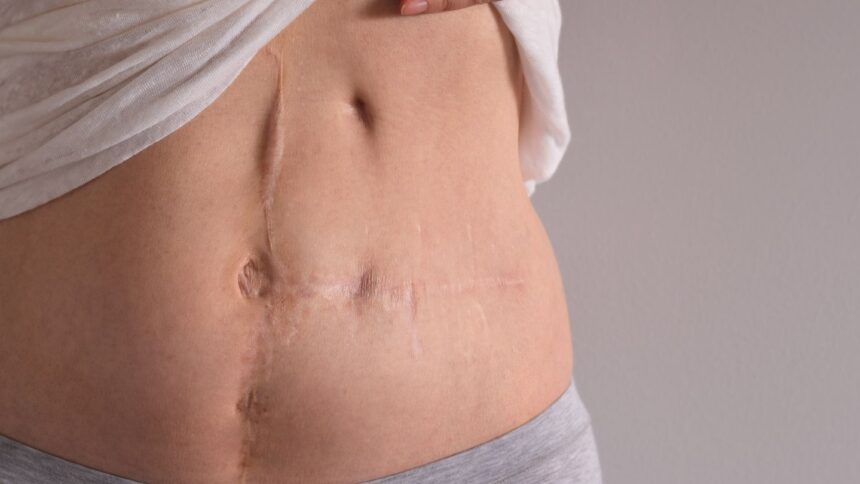Gallbladder removal surgery, medically termed cholecystectomy, is a surgical procedure that addresses conditions affecting the gallbladder. The gallbladder is a small organ responsible for storing bile. Here is more information on this surgery, including what it involves, its benefits, and what recovery is like:
What Is Gallbladder Removal Surgery?
Gallbladder removal surgery is a procedure that involves the removal of the gallbladder. The gallbladder is a small organ located beneath the liver that stores bile produced by the liver. A general surgeon may use minimally invasive techniques when performing this surgery.
Minimally invasive cholecystectomy involves making several small incisions in the abdomen. A surgeon inserts a small video camera and special surgical tools through these incisions to see inside the abdomen and remove the gallbladder. This approach typically results in a fast recovery and less pain.
When Is It Needed?
A cholecystectomy is often recommended to treat gallstones and the complications they cause. Gallstones are hardened deposits of digestive fluid that can form in the gallbladder, causing inflammation, pain, and blockage. Surgery may be indicated for several conditions related to the gallbladder. These include gallstones in the gallbladder (cholelithiasis), gallstones in the bile duct (choledocholithiasis), gallbladder inflammation (cholecystitis), and pancreatitis (inflammation of the pancreas) caused by gallstones.
What Does Surgery Involve?
Before the surgery, your doctor will provide instructions on how to prepare. This may include fasting for a specified period and discontinuing certain medications. You may also undergo some tests to assess your health for the procedure.
On the day of the surgery, you will be given general anesthesia, so you will be asleep during the procedure. For a minimally invasive cholecystectomy, the surgeon makes small incisions and uses specialized instruments to detach and remove the gallbladder. The procedure typically lasts 60 to 90 minutes.
After the gallbladder is removed, the incisions are closed with stitches or surgical tape. You will then be moved to a recovery area where staff will monitor you as you wake up from the anesthesia. Some patients can go home the same day.
What Are the Benefits?
The primary benefit of removing the gallbladder is the relief from symptoms caused by gallstones and related conditions. Patients may experience a reduction in abdominal pain, discomfort, and digestive issues. Removing the gallbladder also prevents future complications associated with gallstones, including severe infections, blockage of the bile ducts, and pancreatitis. Living without a gallbladder is possible, as bile can flow directly from the liver to the small intestine.
What Makes Gallbladder Recovery Easier?
Recovery from a minimally invasive cholecystectomy is usually quick. Most people can return to normal activities after one to two weeks. You may experience some pain at the incision sites and in your abdomen, which can be managed with medication.
Following your doctor’s post-operative instructions can facilitate a smoother recovery. Additional care tips include:
- Rest: Get plenty of rest, but also try to walk around for short periods to prevent blood clots.
- Diet: You may be advised to follow a low-fat diet initially as your body adjusts to digesting fats without a gallbladder.
- Follow-up Appointments: If your surgeon recommends follow-up appointments, scheduling them helps facilitate proper healing.
Facilitate a Smooth Recovery
Gallbladder removal surgery is a standard procedure that can alleviate painful symptoms and prevent serious health issues. Understanding the process and what to expect can help you prepare for the surgery and your recovery period. Consult a general surgeon to learn more about this surgery and how you can facilitate a smooth recovery.





